The term ”yoshoku" refers to dishes inspired by Western food that have been reworked to best suit the Japanese palate, and some yoshoku restaurants were founded over 100 years ago! What kind of unique dishes has Japan developed to create yoshoku? Here is a detailed explanation of Japanese yoshoku and where to taste it!
Hamburg
"Hamburg" are tender grilled patties made by mixing together ground beef and pork, onion, egg, salt, pepper, nutmeg, and panko (breadcrumbs). They became popular in Japan around 1950, and even now, both adults and kids love this fantastic way to enjoy juicy meat.
Their name is believed to come from the German town these grilled beef patties are said to be originally from. When yoshoku started spreading in Japan, they based the recipe on the French version of the time, wherein ground beef was kneaded with onion, egg, salt, pepper and nutmeg and then grilled, so this can be considered the prototype of today's Japanese hamburg.
Sekiguchitei (Yoyogi-koen)
Sekiguchitei serves yoshoku dishes whose secret ingredients are typical Japanese flavorings like soy sauce and miso. Make sure you try their [Hamburg] (2,100 JPY). You'll get to choose between 2 different sauces: Japanese-style or demi-glace. Carefully kneaded, these hamburg are so tender that you'll be able to cut them with chopsticks! While somewhat thin, the demi-glace sauce has an incredibly rich flavor that truly enhances the sweetness of the vegetables. The contrast between the meat's umami (Japanese savory taste) and the vegetables' sweetness makes it a sublime dish! It's highly recommended to enjoy it with rice and miso soup. Worth tasting at least once!
Sekiguchitei
Open:
[Monday, Tuesday, Thursday, Friday] Lunch: 11:30 am - 2:30 pm (Last order: 2:30 pm)[Wednesday, Saturday] Lunch: 11:30 am - 2:00 pm (Last order: 2:00 pm)[Weekdays, Saturday] Dinner: 6:00 pm - 9:30 pm (Last order: 9:30 pm)[Sunday] Dinner: 6:00 pm - 9:00 pm (Last order: 9:00 pm)Closed:
NoneAverage price:
[Dinner] 3,000 JPY / [Lunch] 1,000 JPYAccess:
One minute walk from Exit #1 from Yoyogi-Koen Station on the Tokyo Metro Chiyoda Line/the South Exit of Yoyogi-Hachiman Station on the Odakyu Odawara LineAddress:
Nakagawa 1F, 1-52-1 Tomigaya, Shibuya-ku, Tokyo (
Map)
More Details Reservation
Omurice
Apparently, this unique Japanese dish was invented around the 1900s as a staff meal for employees of a restaurant. It generally consists of a lightly fried omelet wrapped around a mix of rice, thinly cut chicken, and ketchup. Some yoshoku restaurants also serve other versions where the omelet is half-cooked and creamy, or where the rice is mixed with white sauce, so you'll most likely have a different experience depending on where you go.
Western Restaurant Ginza Grill Cardinal
Ginza Grill Cardinal, a Western-style restaurant located within Tokyo Solamachi adjacent to Tokyo Skytree, carries on the tradition of "Ginza Pub Cardinal," founded in 1966. You can enjoy dishes that convey a taste of nostalgia to the modern era, such as hamburgers and omelet rice characterized by homemade demi-glace sauce. With a casual atmosphere and a spacious interior of more than 50 seats, it offers a menu beloved by a wide range of customers, from tourists to locals. The "Grill Cardinal Set" in particular is a must-try popular menu item when you visit.
Western Restaurant Ginza Grill Cardinal
Open:
11:00 am - 11:00 pm (L.O. 10:00 pm)Closed:
NoneAverage price:
[Dinner] 3,000 JPY / [Lunch] 2,000 JPYAccess:
1-minute walk directly connected to Oshiage Station on the Tobu Skytree Line, Tokyo Metro Hanzomon Line, Narita Sky Access Keisei Line, and Toei Asakusa LineAddress:
7F, Tokyo Solamachi, 1-1-2, Oshiage, Sumida-ku, Tokyo MapMore Details Reservation Meijiken (Shinsaibashi)
Faithfully maintaining the traditional recipe of 92 years ago, back when it was founded, Meijiken offers a fantastic [Special Omurice] (680 JPY). It looks like a regular omurice, but its main feature is that the ketchup rice inside the omelet has no visible ingredients. The truth is that the beef and onion are pureed and stir-fried together with the rice to create extremely intense umami, while the only texture you'll feel is the soft one of eggs and rice. Everything is then topped with a demi-glace sauce whose flavor is full-bodied and slightly sour at the same time. Another popular menu item is the [Omurice & 5 Kushikatsu Set] (1,180 JPY), where omurice is accompanied with deep-fried skewers.
Meijiken
Open:
11:00-22:00 (last order at 21:30) (closed on weekdays from 15:50-17:00)
Lunch from 11:00-15:00; lunch menu changes daily.Closed:
NoneAverage price:
[Dinner] 1,500 JPY / [Lunch] 850 JPYAccess:
From Shinsaibashi, walk south along Shinsaibashi Suji Shopping Arcade. Turn left at the south east of Daimaru and you will see it 70 metres ahead.Address:
1-5-32 Shinsai Bashi Suji , Chuo-ku, Osaka-shi, Osaka (
Map)
More Details Tonkatsu
Tonkatsu is a dish that arrived in Japan over a century ago. It consists of a thick cut of pork meat coated with flour, egg wash, and panko, and deep-fried in oil until crispy.
"Ton" means pork in Japanese, while "katsu" stands for the well-known cutlet, which in turn is derived from the French word "cotolette," used to describe bone-in ribs of veal, lamb, pork, and the like. In the beginning, a pork cutlet was more like a pork sauté, but it was too fatty for the Japanese taste. That's why Japanese chefs took inspiration from tempura and created tonkatsu as we know it today.
Although the meat is cut quite thick, the inside stays tender and matches great with the sweet and salty sauce it comes dressed with. Plus, it's paired with shredded raw cabbage to give your taste buds a break from its oiliness. It's usually served with rice and miso soup.
Tonkatsu Muneta (Ikenoue)
The famous Tonkatsu Muneta serves delicious tonkatsu while keeping the prices pretty affordable. In particular, don't miss the juicy fat of the tender [Premium Loin Katsu Set] (1,680 JPY) or the fine texture of the refreshing [Premium Fillet Katsu Set] (1,580 JPY). The umami of pork meat is trapped inside a crispy fried coating, and spreads in your mouth as soon as you bite into it. It's a simple recipe, but the key ingredient is the tender pork meat, coming from pigs raised ethically that were fed with oats. Set meals are especially recommended if you're very hungry, since rice and cabbage can be refilled for free.
Tonkatsu Muneta
Open:
[Monday / Tuesday / Thursday-Sunday / Public holiday / Pre-holiday] Lunch 11:00 am - 3:00 pm (last order 2:30 pm) / Dinner 5:00 pm - 10:00 pm (last order 9:30 pm)Closed:
NoneAverage price:
[Lunch] 900 JPYAccess:
2 minutes' walk from the post office-side exit of Ikenoue Station on the Keio Inokashira Line, on the 1st floor of the Mimasu BuildingAddress:
Saneki Bldg. 1F-105, 2-37-15 Daizawa, Setagaya-ku, Tokyo (
Map)
More Details Reservation
Fry
Though meat like pork, chicken, and beef coated in egg whites and panko before being fried are referred to as "katsu", when the same processing is applied to vegetables and seafood, the correct term is "fry". In Japan, it's pretty common to fry fish and shellfish like smelt-whitings, horse mackerel, squid, oysters, and shrimp. Seafood is generally very watery, but frying it at high temperatures lets the moisture dry and locks the umami of the ingredients inside the batter. The crispiness of the batter matches divinely with the flavor of fish! Order it together with your tonkatsu.
Ponta Honke (Okachimachi)
The 1st generation chef of this famed historical restaurant specializing in fried food used to work for the Imperial Household Agency. Their fluffy and tasty [Kisu Fry] (3,780 JPY) comes highly recommended! Kisu (smelt-whiting) is a white-fleshed fish with a very delicate flavor that goes very well with oil, so it is used a lot for tempura or fried delicacies. Made by a true master chef, these ones are light and crunchy on the outside, yet nice and fluffy inside. Since they're not heavy at all, you'll be able to eat them one after another!
Ponta Honke
Open:
[Tuesday - Saturday] Lunch 11:00 am - 2:00 pm (L.O. 1:45 pm) / Dinner 4:30 pm - 8:00 pm (L.O. 7:45 pm)[Sunday, National Holidays] Lunch 11:00 am - 2:00 pm (L.O. 1:45 pm) / Dinner 4:00 pm - 8:00 pm (L.O. 7:45 pm)Closed:
MondayAverage price:
[Dinner] 4,000 JPY / [Lunch] 4,000 JPYAccess:
2 minutes walk from the south exit of Okachimachi Station on JR Yamanote Line / Keihin Tohoku LineAddress:
3-23-3, Ueno, Taito-ku, Tokyo (
Map)
More Details Reservation
Curry Rice
Curry is a well-known Indian delicacy, but the curry in Japan actually came from England. Today, it is a regular dinner menu in Japanese households, curry restaurant chains, yoshoku spots, and authentic specialized restaurants. It's so popular that it's become a national dish, comprising of all its variants like Thai curry or Indian curry. The curry prepared at home in Japan is particularly creamy. Boil meat such as beef, pork, or chicken together with potatoes, onions, and carrots, and once they're soft and cooked, just add a store-bought curry roux. It's easy to make, and you can use any ingredient you like, so Japanese curry roux makes an awesome souvenir as well.
Hayashi Rice
To make Hayashi rice, you must stir-fry thin beef slices, onions, and mushrooms, then stew them with demi-glace sauce and red wine, and finally serve with rice on the side. There are several theories concerning its origins, but it looks like its preparation dates back to more than 140 years ago. At first glance, it's similar to curry rice, but the flavor differs a lot: the beef and onion's umami is combined with the intense flavor of red wine, while the tomato adds a sweet and sour touch. Just like the previously introduced curry rice, this is a dish you can easily make at home with a special Hayashi rice roux available in every store, so you may want to add this to your list of potential souvenirs!
Kurofune-tei (Ueno)
Kikuya, the predecessor of Kurofune-tei, was a famed restaurant visited by John Lennon and Yoko Ono. Kurofune-tei was reborn as a yoshoku restaurant, and is still beloved to this day. Their [Hayashi Rice] (1,700 JPY) is an original creation made with a special thick demi-glace sauce. Prepared by stewing a series of ingredients together for over 1 week and finely straining it, the resulting sauce holds the condensed umami of all the ingredients. Their [Chicken Curry] (1,400 JPY), [Seafood Curry] (1,400 JPY), and [Beef Curry] (1,400 JPY) are all delicious. You can also ask for half servings (700 JPY).
Kurofune-tei
Open: 11:30 am - 10:45 pm (L.O. 10:00 pm)
Closed: None
Average price: [Dinner] 2,500 JPY / [Lunch] 2,000 JPY
Address: 4F, Kikuya Bldg., 2-13-13, Ueno, Taito-ku, Tokyo (
Map)
More Details
Beef Stew
Beef stew is said to have entered Japan more than 100 years ago. Prepared by stewing together beef, potatoes, carrots, and onions in red wine or tomato-based soup, beef stew is considered an upper-class yoshoku dish. Each yoshoku restaurant has own special recipe of it, but anywhere you go, you'll love how the thick sauce enhances the umami of the ingredients and, most of all, how the significant beef cuts, so tender you could cut them with a spoon, will melt in your mouth! Give it a try when you're in the mood for some tender and tasty beef.
Ginza Furukawa (Ginza)
Opened by a chef with 36 years of experience at a historical Japanese hotel, Ginza Furukawa specializes in curry and stew. They boast a fantastic [Premium Selection Wagyu Stew] (2,900 JPY) where the Wagyu (a type of high-quality beef) is so tender, and it melts in your mouth. The fond de veau (stock), resulting from carefully stewing beef and potherbs, is strained over and over again until it gets dense and smooth at the same time. All dishes come with tossed salad, rice, and pickled vegetables. Pairing beef stew with rice is so typically Japanese, but they truly taste amazing together, so do give it a try!
Ginza Furukawa
Open: Lunch from 11:00 am (L.O. 2:30 pm), Dinner from 5:30 am (L.O. 8:30 pm)
Closed: None
Average price: [Dinner] 3,000 JPY / [Lunch] 1,800 JPY
Address: 7F, Ginza EXITMELSA, 5-7-10, Ginza, Chuo-ku, Tokyo (
Map)
More Details
Korokke
Korokke has its roots in the French croquette (with white sauce as the base), reinvented with potatoes to better match the preferences of the Japanese. The ingredients are coated in flour, egg wash, and panko, and then deep-fried in oil. The filling generally consists of boiled and mashed potatoes mixed with ground meat, and they can be easily found in most convenience stores and supermarkets. Today, many different ingredients are used to make korokke. Below, you'll find two recommended restaurants that make the so-called "cream korokke." Enjoy the superb texture and flavor of white sauce-filled cream korokke, meticulously crafted by skilled chefs.
Akasaka Tsutsui Main Branch (Akasaka)
In its stylish interiors with a lovely Japanese garden, the 68-year-old yoshoku restaurant Akasaka Tsutsui offers delicious "yoshoku to eat with chopsticks," made with Japanese seasonings as secret ingredients. Their korokke is filled with super creamy and smooth white sauce. The delicious snow crab mixed with the cream gives it an intense crab umami. Such a rich cream korokke could come out heavy, but the homemade tomato sauce it's dressed with adds balance to the overall flavor with its moderate sourness, so you'll never get sick of it.
Akasaka Tsutsui Main Branch
Open: [Weekdays] Lunch 11:30 am - 3:00 pm (L.O. 2:30 pm), Dinner 5:00 pm - 10:00 pm (L.O. 9:30 pm)
[Saturday, Sunday, National Holidays] Lunch 12:00 pm - 3:30 pm (L.O. 3:00 pm), Dinner 4:30 pm - 10:00 pm (L.O. 9:30 pm)
Closed: 1st and 3rd Sunday of the month, Monday (if it falls on a national holiday), Golden Week, Summertime, Beginning and end of the year
Average price: [Dinner] 5,000 JPY / [Lunch] 2,000 JPY
Address: 1F - BF, Izumi Akasaka Bldg., 2-22-24, Akasaka, Minato-ku, Tokyo (
Map)
More Details
Kaiseitei Kitayama Main Branch (Kitayama)
Although the interiors are new and look like those of a Southern French-style house, this historical yoshoku restaurant was established in 1910 and has been serving the same traditional recipes ever since. Here, don't miss the [Crab Cream Korokke], which has been receiving rave reviews from customers since the very beginning. The meticulously prepared bechamel sauce has quite a strong flavor, but the crab stands up to it magnificently as it is used in large quantities. You'll be amazed by the contrast between the crispy coating and the melty cream.
Kaiseitei Kitayama Main Branch
Open: Lunch 11:30 am - 3:00 pm (L.O. 2:30 pm), Dinner 5:00 pm - 10:00 pm (L.O. 8:00 pm)
Closed: Tuesday
Average price: [Dinner] 5,000 JPY / [Lunch] 3,000 JPY
Address: 5-8, Shimogamo Maehagi-cho, Sakyo-ku, Kyoto-shi, Kyoto (
Map)
More Details
There you go! In these yoshoku spots, you'll get to savor the flavors and enjoy the interiors of these long-established restaurants that are carrying on long-held traditions. Make sure you refer to this article when you want to try the uniquely Japanese yoshoku!
Disclaimer: All information is accurate at time of publication.

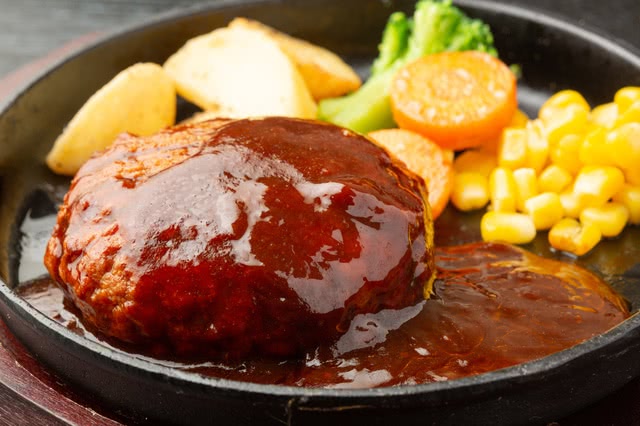
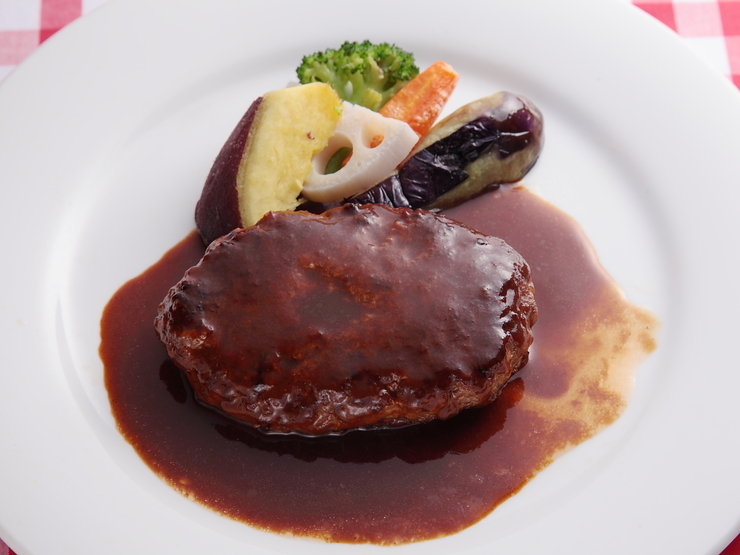
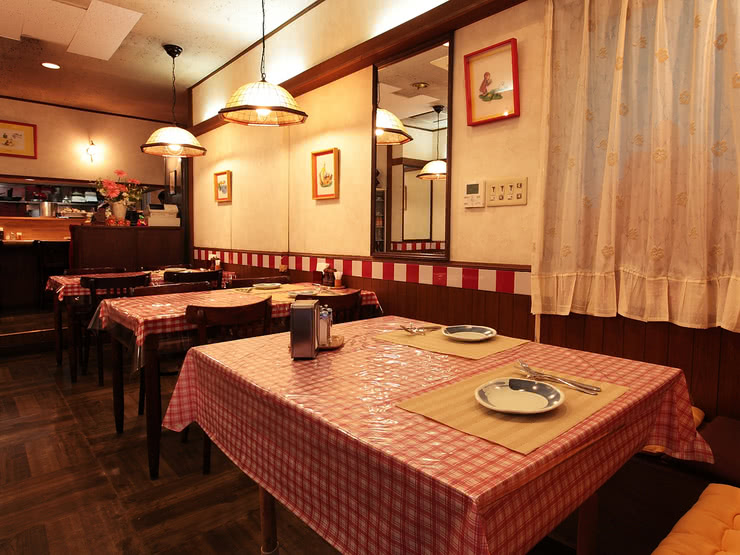
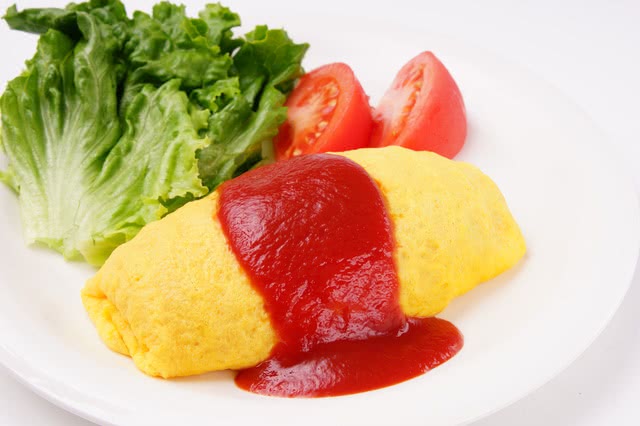
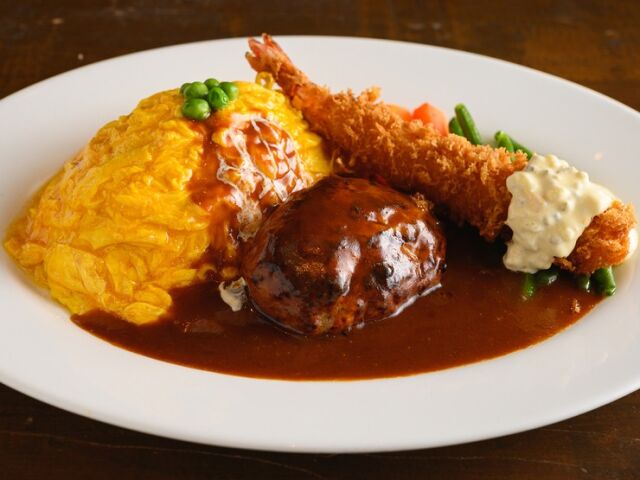
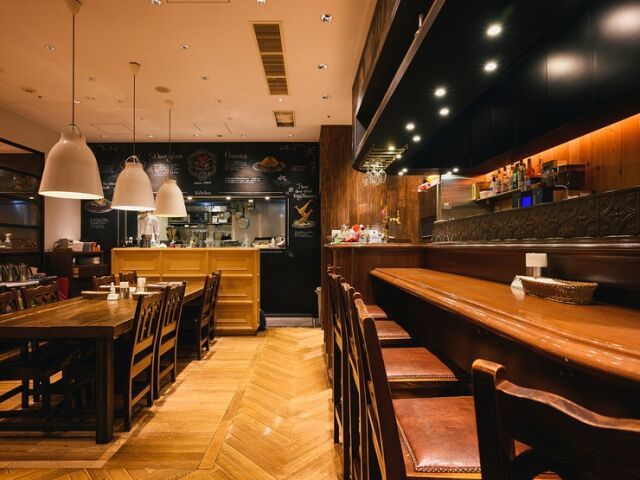
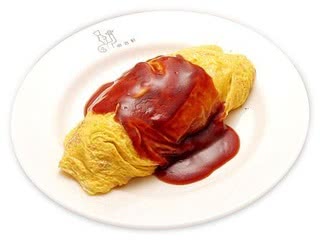
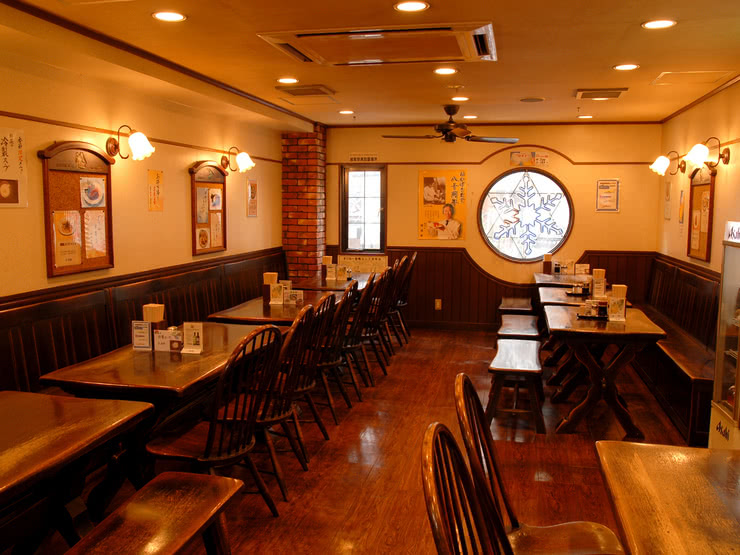

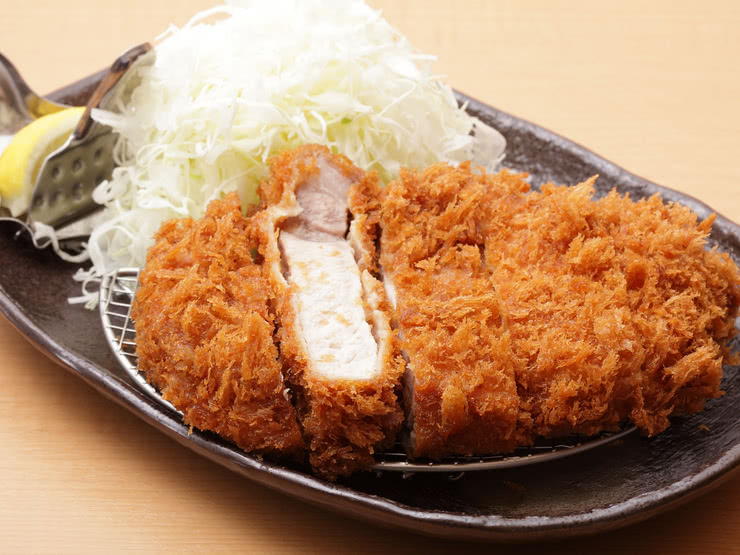
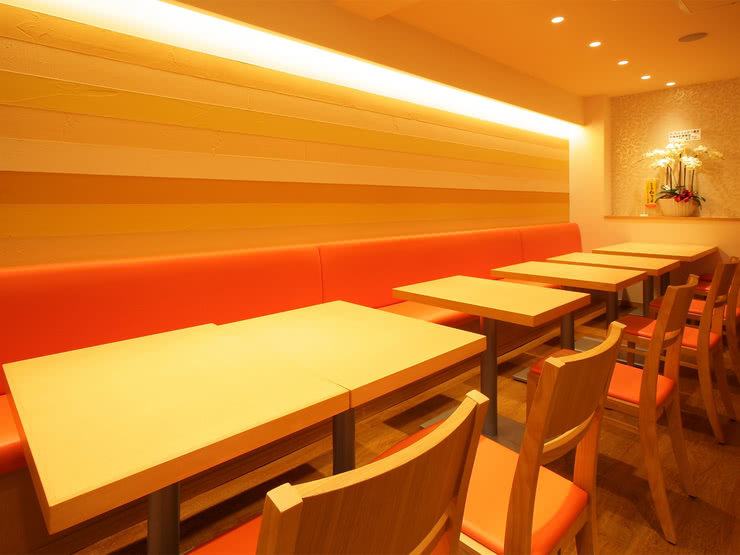
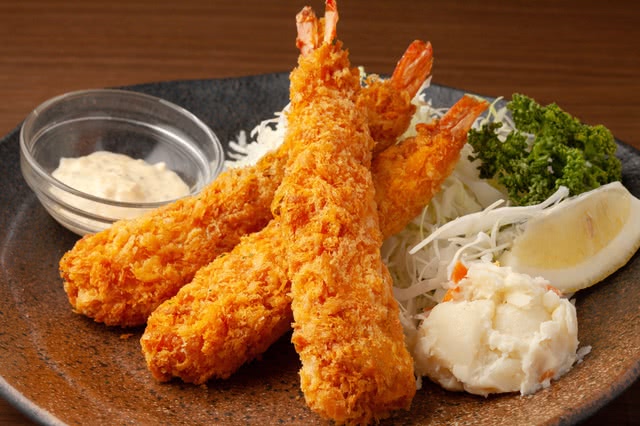
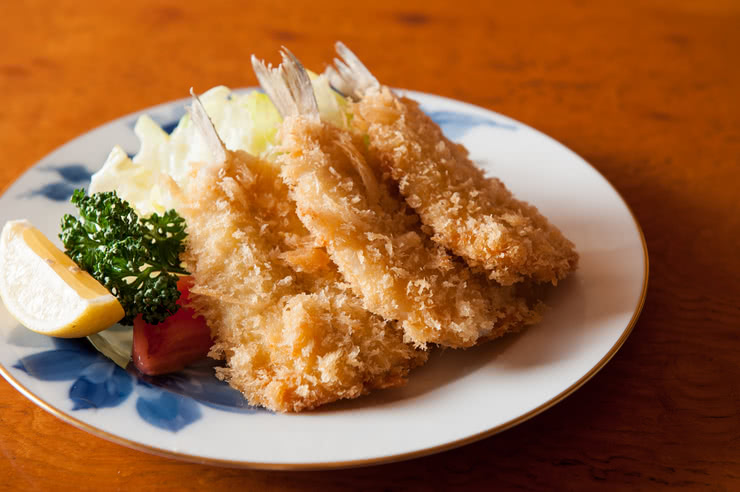
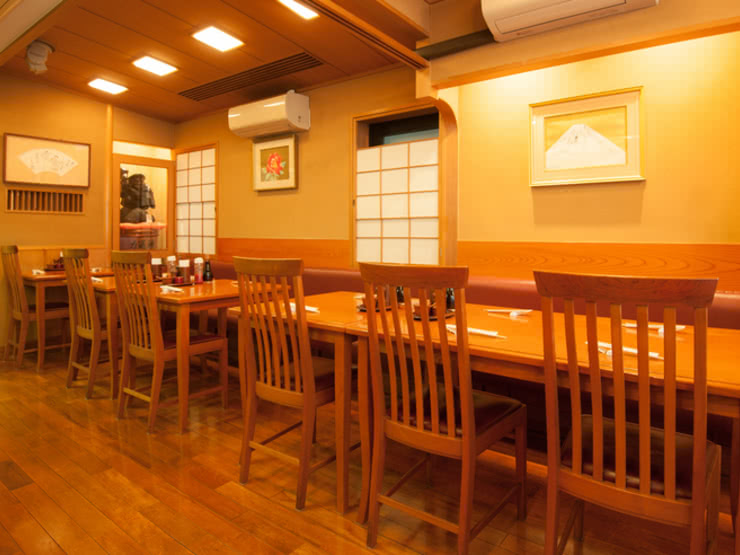
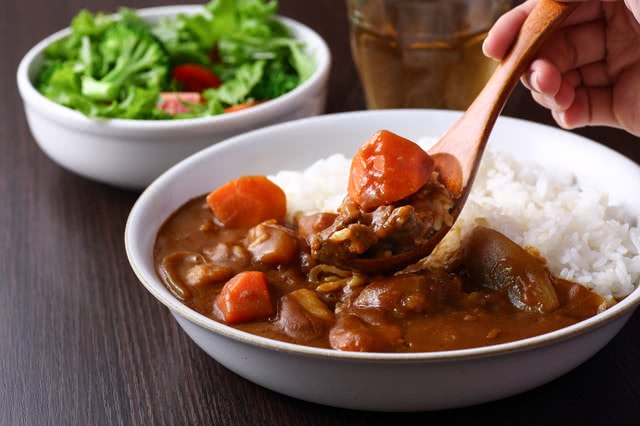
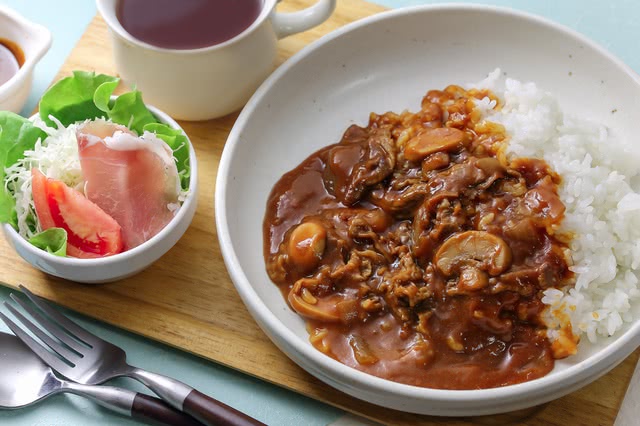
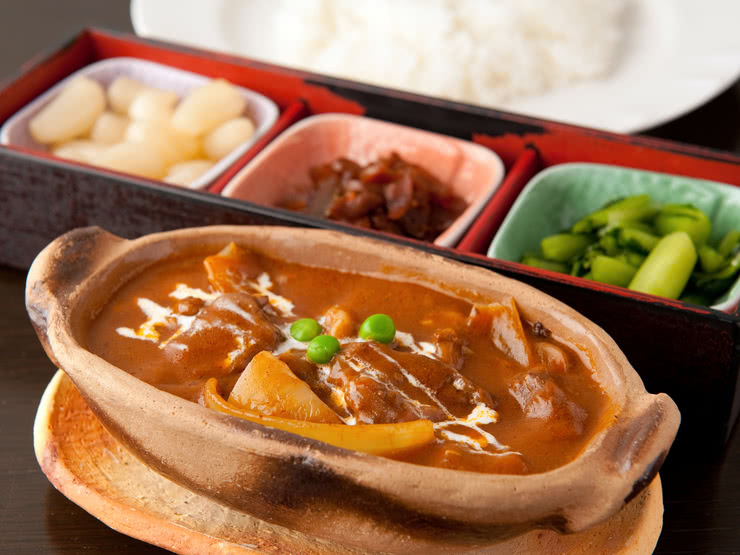
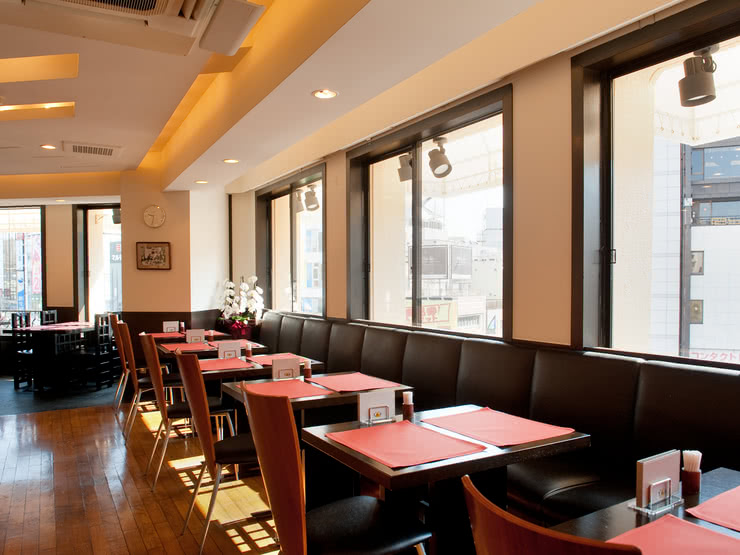
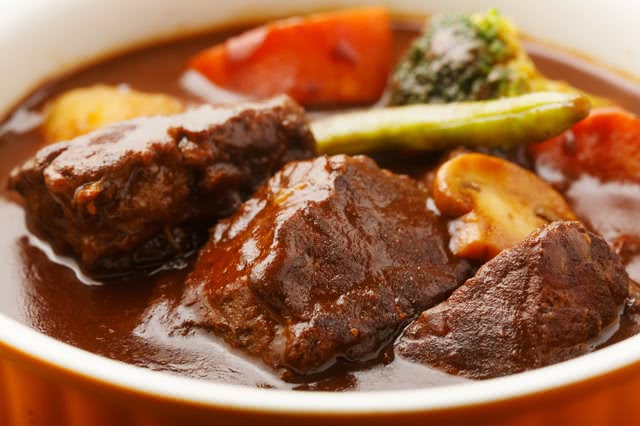
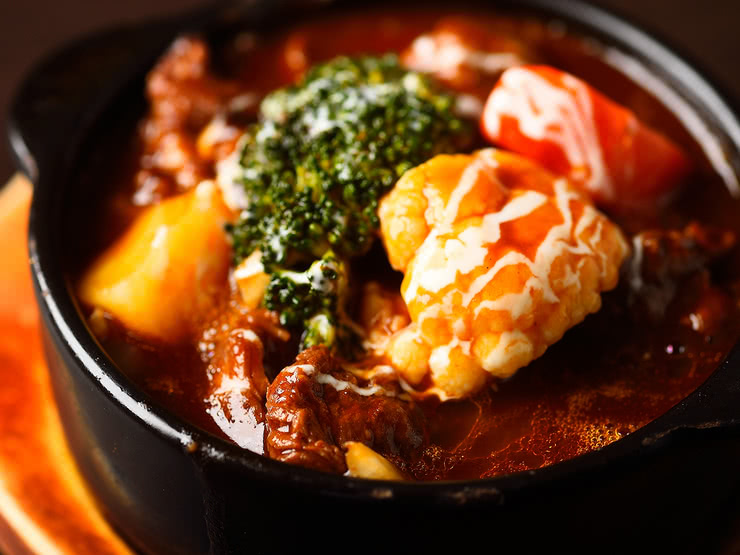
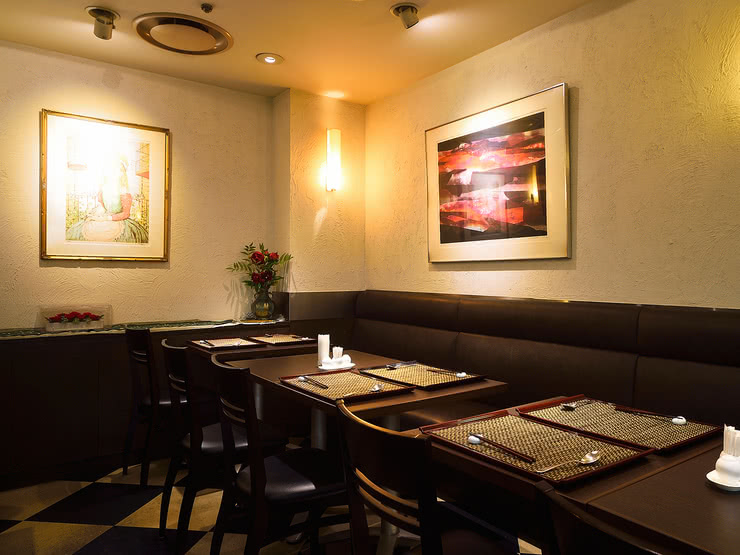
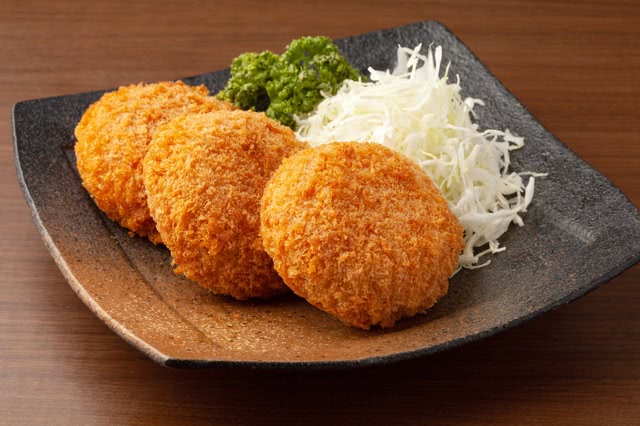
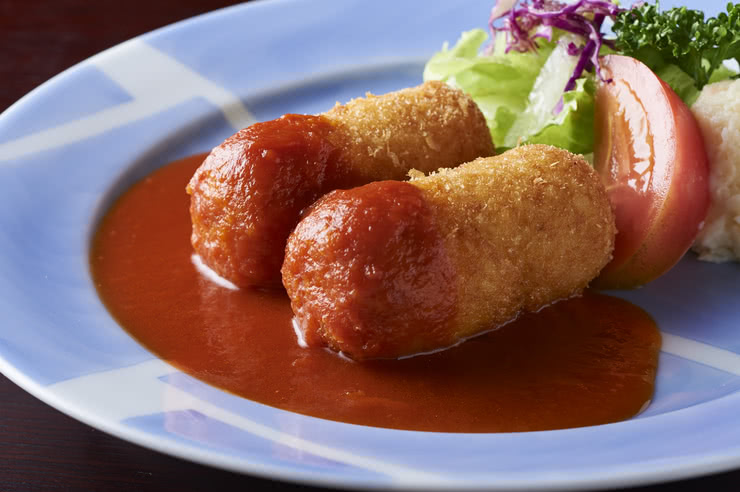
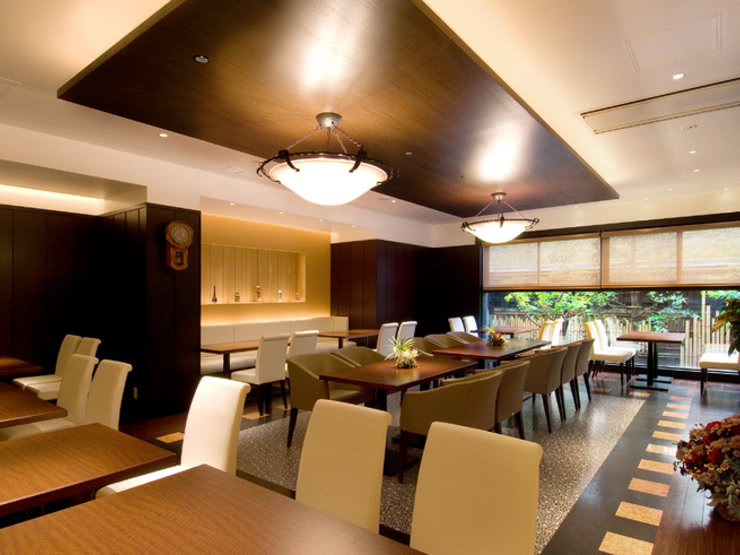
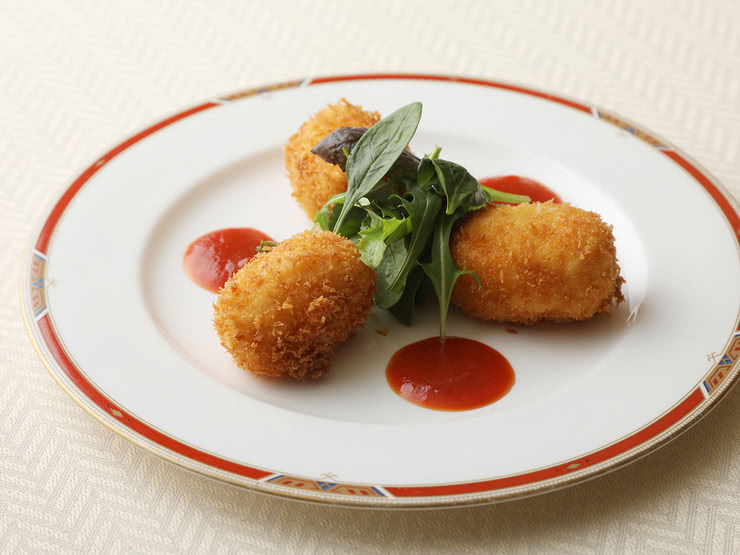
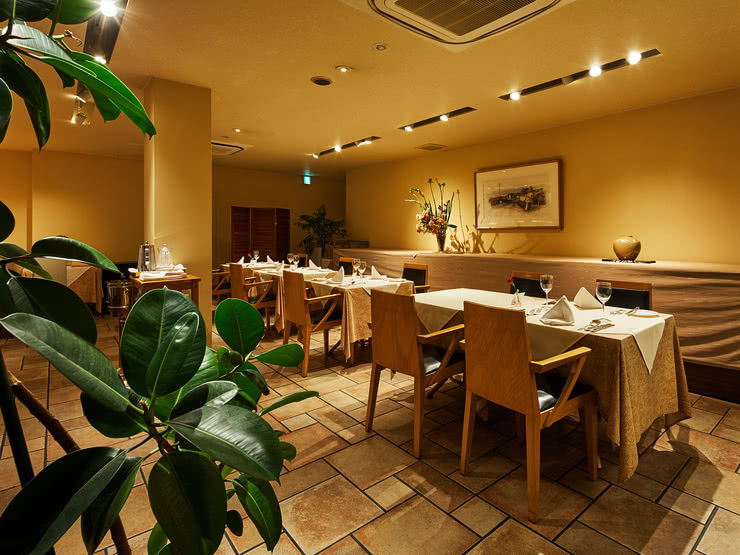









![Azabudai Hills [SUMI] (Janu Tokyo) ~ Editor's Afterword by the Editor-in-Chief of Japan's Gourmet Site](/gg/content_image//image/discover_oishii_japan/6536/article_head_150x105z.jpg)









